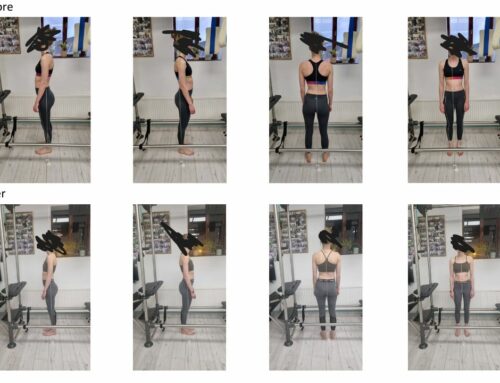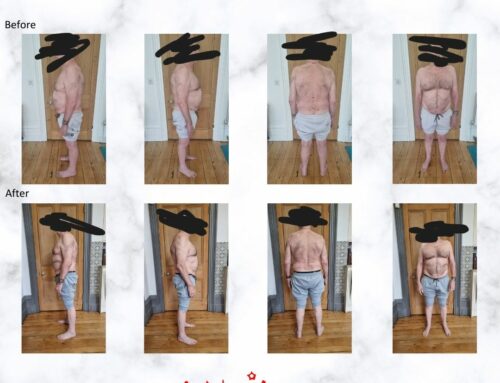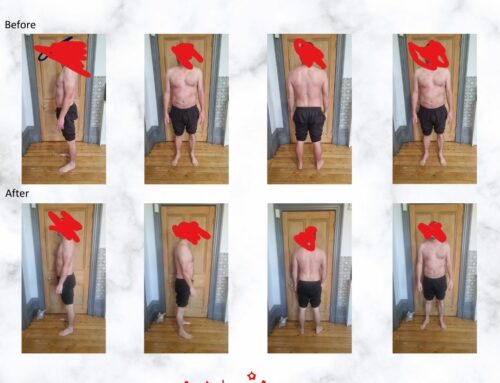We are more likely to learn in life, school, work and relationships by the mistakes we make rather than the positive outcomes. Admitting to any sort of mistake or misdemeanour that takes great courage. Most of us wiggle our way out and play the child, victim, saboteur or prostitute archetype (survival archetypes). This is not taking responsible for the self, our actions, our deeds, our thoughts and this can clearly be seen in the present situation in and around the world.
Whenever we point the finger or blame others there are three fingers pointing back at ourselves. Blaming others and not taking responsibility is the child archetype. When we engage in the child, it has become an integrated pattern into the psyche. We nurture the innocent, playful light-hearted side in us along with being able to carry out responsibilities of adulthood with relative ease and balance. The shadow side is when we feel overwhelmed with challenges in our lives; the child may not feel prepared to face them. He/she discovers that the world around us is not ideal or fair and contains imperfections at every stage. As this child’s happy bubble breaks, it leads to feelings of despair, and the child finds itself feeling overwhelmed. And so the behaviour carries on. “What we resist, persists”.
The law of nature is the law of balance. Telling the truth is the best thing for your health, wealth and consciousness.
There are five types of mental activity. They may or may not cause suffering.
These five are:
- Understanding -Understanding is the correct knowledge based on diet, perception, inference, or the reliable testimony of others.
- Misunderstanding – Misunderstanding is the delusion that stems from a false sense of reality.
- Imagination – Imagination is thought based on an image conjured up by words, and is without substance.
- Sleep – Sleep is the mental activity that has as its content the sense of nothingness.
- Memory – Memory is the returning to the mind of past experience.

These five types of mental activity are settled through the practice of yoga and the freedom that it bestows.
Mindful self-reflection helps you make a positive change. Self-compassionate people are more likely to take responsibility for past mistakes, while acknowledging them with greater emotional equanimity. Studies have shown that whether you’re trying to lose weight, quit smoking, or start exercising regularly, accepting yourself where you are—and forgiving yourself for setbacks—helps you to engage in healthier behaviours supporting you to succeed. Self-compassion gives you the strength to take care of yourself, even when it’s tempting to succumb to an old habit. Whether you want to change a negative behavior (like overeating or yelling at your kids) or commit to a positive one (like a work-in practice every day), the best approach is to tempt your happiness by cultivating self-compassion and tapping into its transformative power, so that you can stick to your goals—and experience a more fulfilling and happy life.
Thought forms
Thought forms can be described as energetic patterns that exist within our aura, and they are created by our own thoughts.
Thought-forms directed towards individuals produce definitely marked effects. A thought of love and of desire to protect, directed strongly towards some beloved object, creates a form which goes to the person thought of, and remains in their aura as a shielding and protecting agent; it will seek all opportunities to serve, and all opportunities to defend, not by a conscious and deliberate action, but by a blind following out of the impulse impressed upon it, and it will strengthen friendly forces that impinge on the aura and weaken unfriendly ones. Thus may we create and maintain veritable guardian angels around those we love.
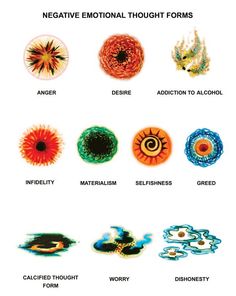
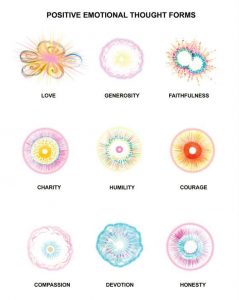
In cases in which good or evil thoughts are projected at individuals, those thoughts, if they are to directly fulfil their mission, must find, in the aura of the object to whom they are sent, materials capable of responding sympathetically to their vibrations. Any combination of matter can only vibrate within certain definite limits, and if the thought-form be outside all the limits within which the aura is capable of vibrating, it cannot affect that aura at all. It consequently rebounds from it, and that with a force proportionate to the energy with which it impinged upon it.
For example if want to receive we need to give first. Take love for instance: you see a relative or friend who is very angry, you send them love and compassion. They don’t want to receive. The thought form bounces back off them like a boomerang and the love returns to you the sender. If they aren’t resonating with it, it’s not going to stick. However, it will resonate with you if, and only if, you are truly sincere in your well wishes.
Bibliography
Paul Chek blogs
Carolyn Myss – Archetypes
‘The yoga sutras of Patanjali’- Translated by Alastair Shearer


